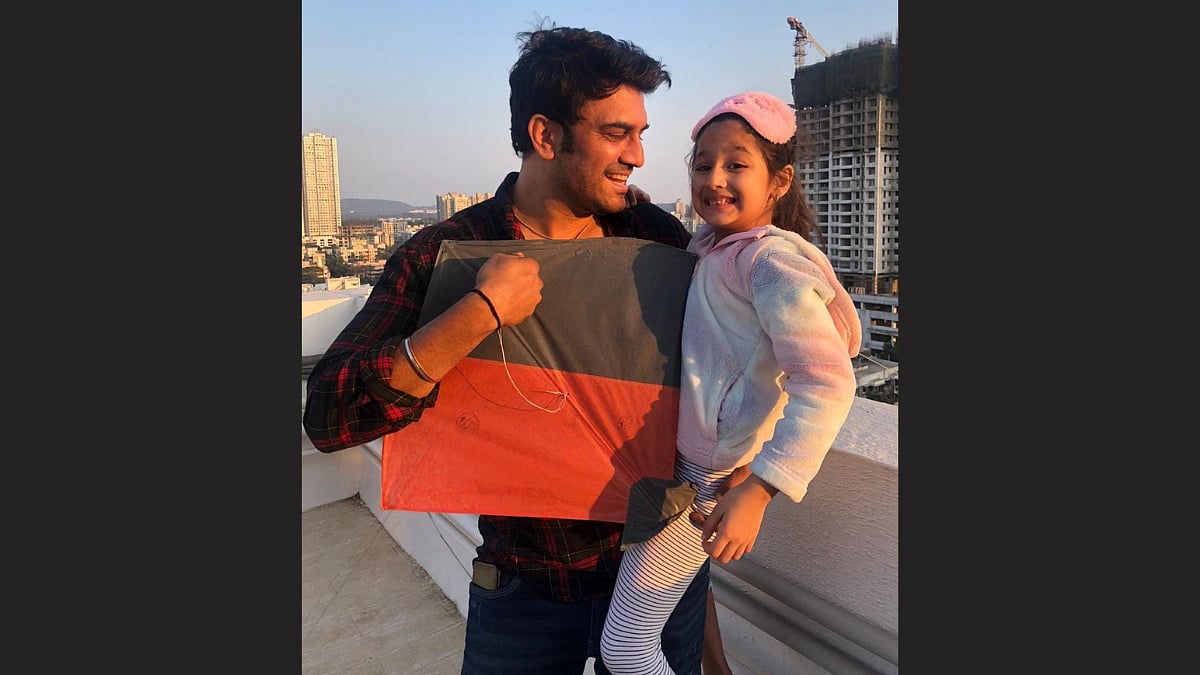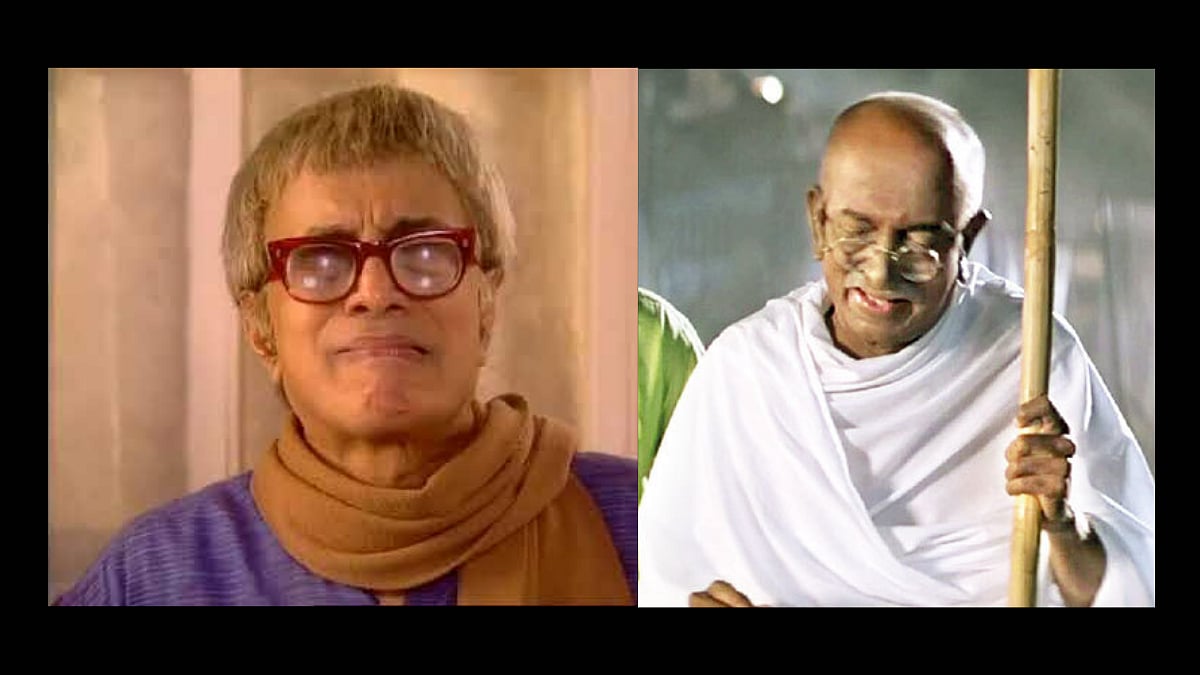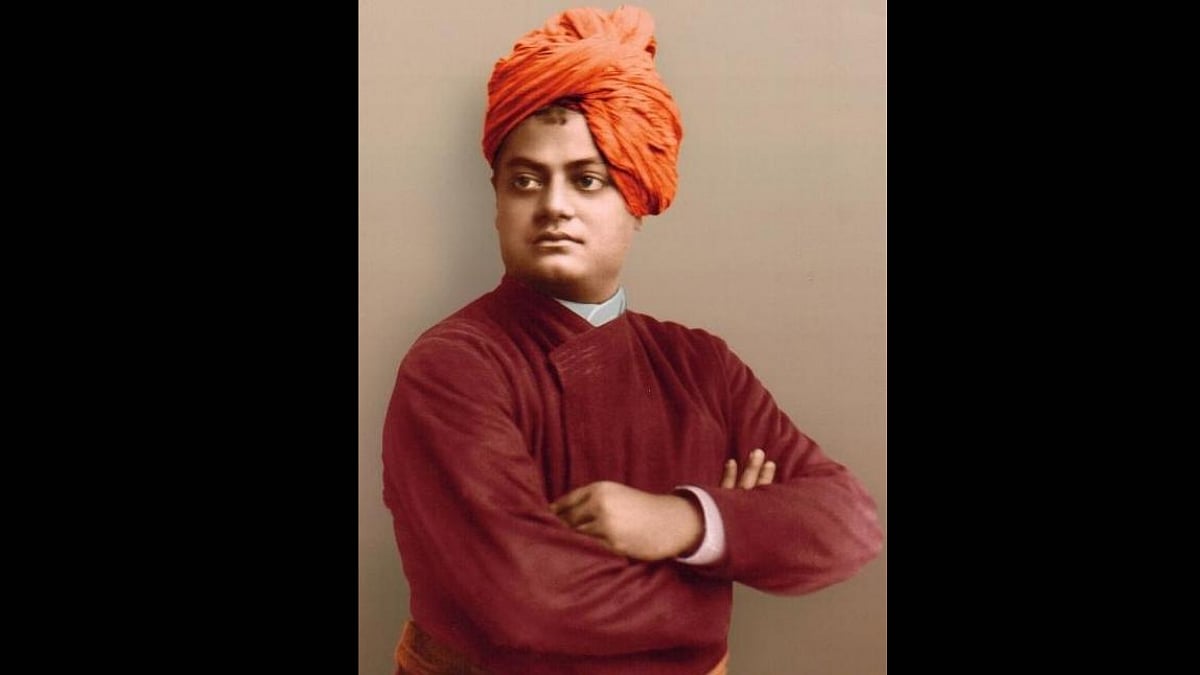It’s okay if you’re hearing the term ‘virtual influencers’ for the first time. You’re not alone. Not very long ago, I was stunned watching Naina, India’s first virtual influencer doing everything a normal social media influencer would do, exploring the world, visiting Zumba classes, and photoshoots, among other things. Well, the list is long of what she actually can do! Her creators call her India’s first virtual superstar.
Not only in India, but the trend of virtual influencers is also rising globally. In 2022, Lu do Magalu was the most followed virtual influencer. Similarly, Miquela Sousa, better known as Lil Miquela, is a virtual robot model who has worked with some of the top fashion brands like Prada, Dior and Calvin Klein.
Well, in India, the company that launched Naina, Avtr Meta Labs, has also now come up with India’s first male virtual influencer Virat Krishnan in the luxury lifestyle space. Shortly, they plan to launch another Virtual Content Creator catering to globe-trotting and successful women.
But, before anything else, let’s explain to you, who are virtual influencers!
Virtual influencers are computer-generated characters or personas that exist solely in the digital realm. These virtual influencers are designed to resemble real people and interact with their followers just like human influencers do. They often have their distinct personalities, backstories, and interests, making them more engaging to their online audience. Creators, artists, and developers work together to design and animate these characters, bringing them to life on various social media platforms and other digital channels.

How was India’s first virtual influencer Naina designed?
Abhishek Razdan, the co-founder and CEO of AVTR Meta Labs, the company behind Naina, India’s first virtual influencer explained how she was created.
“The first step was extensive market research with thoughtful evaluation and decoding of the entertainment needs of our audiences. It’s a mix of ‘People & Processes’ behind Naina and her content. We have a multi-skilled bunch of people comprising communication & AI technology experts, influencer marketers, filmmakers, 3D animators, fashionistas and wordsmiths. We use the latest and cutting-edge technologies whether it’s Content Creation, Photorealistic 3D Animation, VFX, Artificial Intelligence, or Production and are arguably the only company to do so in India at the moment,” Razdan said.
Advantages of Virtual Influencers
Digital existence: Unlike human influencers who have physical bodies, virtual influencers are entirely digital beings. They live in a virtual space and are controlled by their creators.
Immersive storytelling: Virtual influencers often have detailed backstories and narratives that develop over time. This storytelling element adds depth and intrigue to their personas, making them more appealing to their followers. Sahil Chopra, co-founder and CEO of digital marketing platform iCubesWire, “Virtual influencers offer unique advantages like the ability to tailor narratives, avoid controversies, and provide easy access to the metaverse, but the future of virtual influencers is likely to be shaped by technological advancements and audience acceptance.”

Brand collaborations: This one is the most crucial! Virtual influencers can work with brands and participate in influencer marketing campaigns just like human influencers. They endorse products and services, generate content, and promote brands to their audience.
Anushree Jain, Co-founder of SocialTAG, an influencer marketing and talent management agency, said, “Collaborations with virtual influencers provide brands with access to cutting-edge technology and creativity, creating a buzz around their campaigns. But is important for brands to strike a balance between creative control and maintaining authenticity that resonates with their target audience. Collaborating with virtual influencers requires a thoughtful approach so that the brand's message aligns with the virtual influencer's persona and resonates with their followers.”
A lot of brands globally have already collaborated with virtual influencers and the trend is totally on the rise.
Pranav Panpalia, founder of Opraahfx, says that virtual influencers offer scalability and versatility seamlessly integrating various digital platforms and reaching a wider audience. In the nascent phase, virtual influencers are priced decently. They are neither cheap nor that expensive and are priced similarly to mid-size influencers and hence can help smaller brands gain big.
Appeal to younger demographics: Virtual influencers have gained popularity, especially among younger audiences who are more familiar with digital technologies and have a penchant for online entertainment and social media.
Flexible identity: Creators have the freedom to continuously shape the virtual influencer's appearance, personality, and interests, allowing for ongoing evolution and adaptability. Controversy and ethical concerns: The rise of virtual influencers has raised questions about authenticity and transparency in influencer marketing. Some argue that virtual influencers blur the line between real and virtual, potentially deceiving followers.
Are they going to replace human influencers?
Well, millennials would shout a Big Yes to the question! However, let’s understand what industry experts believe about it. Chopra of iCubesWire believes that virtual influencers may only be seen as a trend, and brands may still choose to go live with human influencers to bring that human touch to their brand narratives.
Akshara Gurbani, a working professional in the influencer marketing industry, says, “While virtual influencers may enhance the industry by being available around the clock and are easily programmable, they cannot replace the human touch. Doing so would disregard the depth of human emotions and creativity that a creator can bring to the table. Virtual influencers are definitely gonna be a part of the industry. But the co-existence of both humans and AI will be something that we will see in the future."

Anushree Jain, Co-founder of SocialTAG, an influencer marketing and talent management agency, says, “While virtual influencers have gained popularity and are making waves in the influencer marketing space, I don't believe they will replace human influencers quickly. Human influencers offer a unique perspective, authenticity, and a personal connection that virtual influencers may struggle to replicate. Human influencers can relate to their audiences on a deeper level, showcasing real experiences, emotions, and opinions.”
On the other hand, Razdan, co-founder of AVTR, says, “Globally, a lot of investments have gone into the development of AI tech. Not just the influencer category, AI tech is proving to be game-changing in the entire media and entertainment world. Today, everything seems possible and we are only limited by the extent of our imagination.”
Overall, the trend of virtual influencers is intriguing and super cool, however, we don’t think it can ever replace the human influencers we all already love out there! What do you think?











